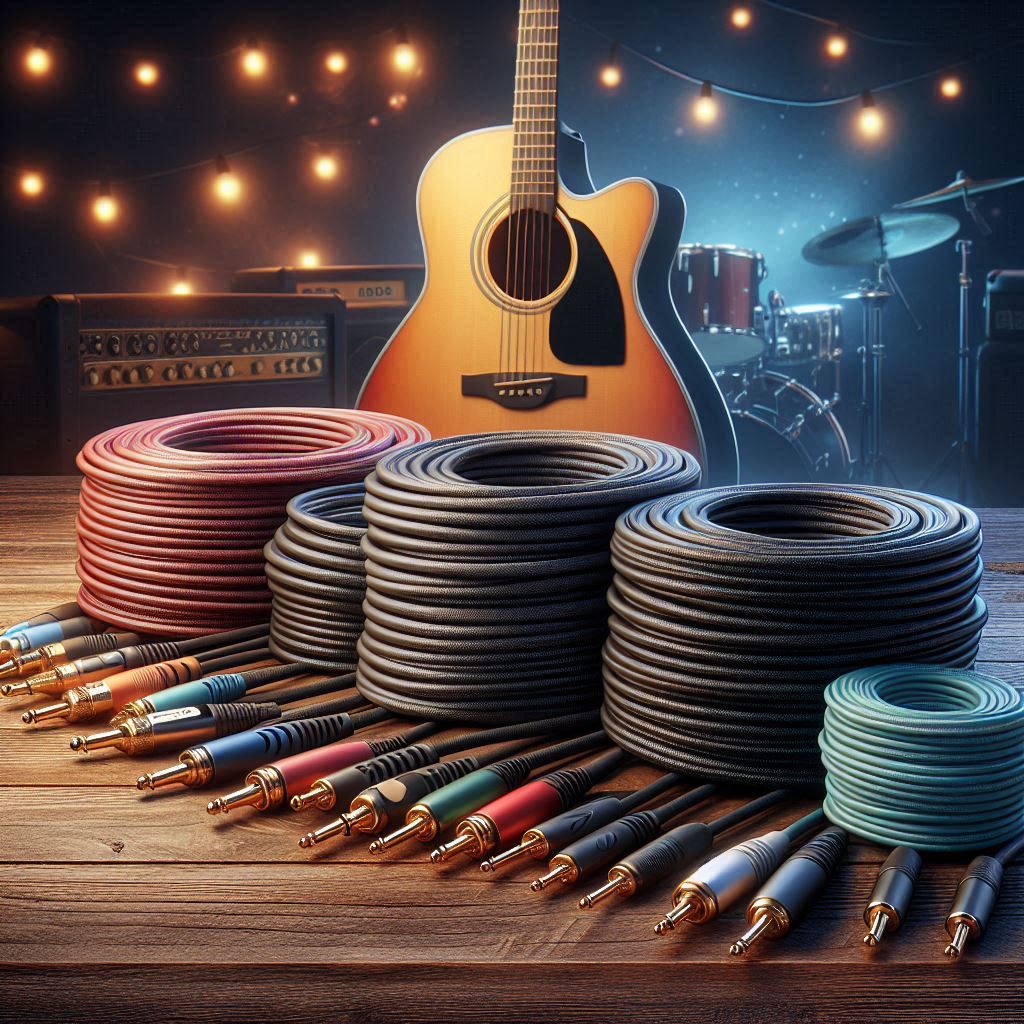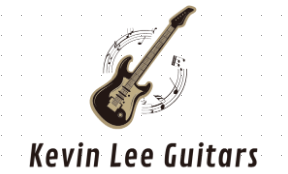Every guitarist eventually faces the question: Should I spend big on a Mogami cable, or will a budget option do the job? With Mogami’s reputation as the gold standard in studio-quality cables, but prices running 3-5x higher than basic alternatives, it’s a valid debate.
In this head-to-head comparison, we’ll break down the key differences between Mogami and budget cables, testing them for tone, noise, durability, and real-world usability. By the end, you’ll know whether upgrading to Mogami is a wise investment—or overkill for your needs.

Mogami Cables: The Studio Standard
What Makes Mogami Special?
Mogami (a Japanese brand founded in 1976) is revered in pro audio circles for:
Ultra-Low Capacitance – Their Neglex Quad (2524) measures ~65pF/ft, preserving high-end clarity.
Dual Shielding – Braided copper + foil blocks RF/EMI interference (critical in noisy environments).
Oxygen-Free Copper (OFC) – Minimizes signal degradation over long runs.
Neutrik Connectors – Gold-plated, rugged, and reliable for thousands of insertions.
Who Uses Mogami?
- Recording studios worldwide (Abbey Road, Electric Lady)
- Session musicians and touring pros
- Guitarists who prioritize transparency and detail
Popular Mogami Models
- Mogami Gold Studio (most famous for guitar)
- Neglex 2524 (studio patch cables)
- Mogami Platinum (highest-end, with Eichmann bullet plugs)
Price Range:
- Instrument cables: 60–60–150 (10–20ft)
- Patch cables: 20–20–40 (6–12″)
Budget Cables: The Affordable Alternative
What Defines a “Budget” Cable?
We’re comparing Mogami to cables in the 10–10–30 range, like:
- Fender Deluxe Series
- Ernie Ball Standard
- Hosa Pro
- AmazonBasics
Typical Budget Cable Specs:
Higher Capacitance (80–150pF/ft) → Can dull high frequencies.
Basic Shielding – Often single-layer, prone to hum near electronics.
Cheaper Connectors – Plastic housings, weaker strain relief.
Who Are Budget Cables For?
- Beginners/casual players
- Bedroom practice setups
- Backup/spare cables
Price Range:
- Instrument cables: 10–10–30
- Patch cables: 5–5–15
Mogami vs Budget: 5 Key Comparisons
1. Tone Test: Does Mogami Sound Better?
Scenario: A/B testing a Mogami Gold Studio vs a Fender Deluxe (20ft) into a clean Fender Deluxe Reverb.
| Metric | Mogami Gold | Fender Deluxe |
|---|---|---|
| High-End Clarity | Sparkling, full harmonics | Slightly muffled above 5kHz |
| Midrange | Detailed, balanced | Slightly compressed |
| Bass Response | Tight and articulate | Mildly boomy |
Verdict: Mogami’s lower capacitance preserves high-end sparkle, especially noticeable with single-coils and pristine cleans. Budget cables roll off highs subtly—great for vintage tones, bad for clarity.
2. Noise Rejection: Does Shielding Matter?
Test: Plugging both cables near a LED light fixture and Wi-Fi router.
- Mogami: Near-silent, even in high-interference areas.
- Budget Cable: Audible hum/buzz (worse with high-gain pedals).
Winner: Mogami’s dual shielding is a game-changer for noisy stages/studios.
3. Durability: Will Mogami Last Longer?
| Factor | Mogami | Budget Cable |
|---|---|---|
| Connectors | Neutrik (lifetime-rated) | Plastic/nickel (prone to wear) |
| Jacket | Flexible but abrasion-resistant | Thin PVC (can kink) |
| Strain Relief | Reinforced | Minimal |
Real-World Result: Mogami cables often last 5–10+ years with gigging, while budget cables fray/fail in 1–3 years.
4. Price vs Performance: Diminishing Returns?
- A Mogami costs 3–5x more than a budget cable.
- Is the difference 3–5x better? No—but for pros, even a 10% improvement matters.
Who Should Upgrade?
- Recording musicians
- Pedalboard users (long signal chains)
- Gigging players needing reliability
Who Can Skip It?
- Bedroom players with short cable runs
- Those using heavy distortion/fuzz (which masks subtle differences)
5. The “Feel” Factor
Mogami cables:
- Feel premium (soft, tangle-resistant jacket).
- Lay flat on stage/pedalboards.
- Inspire confidence (no crackling when moved).
Budget cables:
- Often stiff or rubbery.
- Can coil unpredictably.
When Is Mogami Overkill?
- You Only Play at Home – A $15 cable won’t ruin your practice tone.
- You Use Wireless – No cable = no tone loss.
- You Prefer a “Vintage” Darker Tone – High-capacitance budget cables can mimic ’60s tones.
Best Budget Alternatives to Mogami
If Mogami’s price is too steep, these offer 80% of the performance for 50% of the cost:
- Ernie Ball Flat Ribbon (30–30–50): Low-capacitance, gold connectors.
- Van Damme Blue Series (40–40–70): Studio-grade shielding.
- Planet Waves American Stage (25–25–50): Eco-friendly, durable.
Final Verdict: Should You Buy Mogami?
Worth It If:
- You record music professionally.
- You use long cable runs or complex pedalboards.
- You need noise-free performance in venues/studios.
Skip It If:
- You’re a casual player with a simple setup.
- You primarily play high-gain (where differences are less noticeable).
- You’re on a tight budget (invest in pickups/pedals first).
Pro Tip: Start with one Mogami cable (guitar-to-pedalboard) and compare it to your current setup. The difference may convince you!
